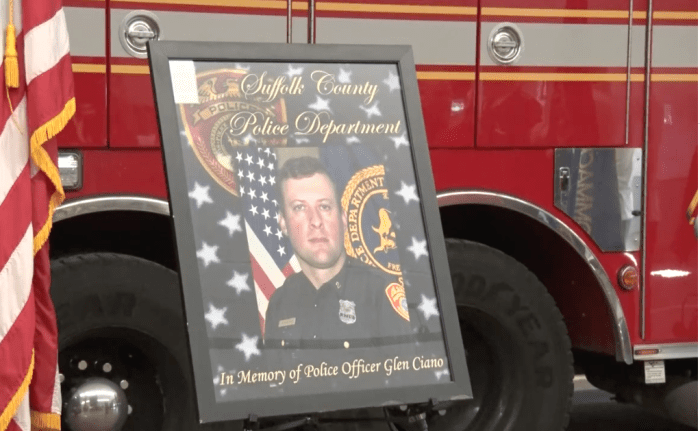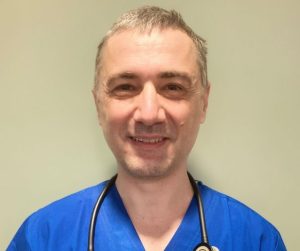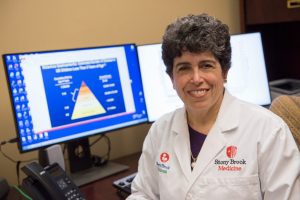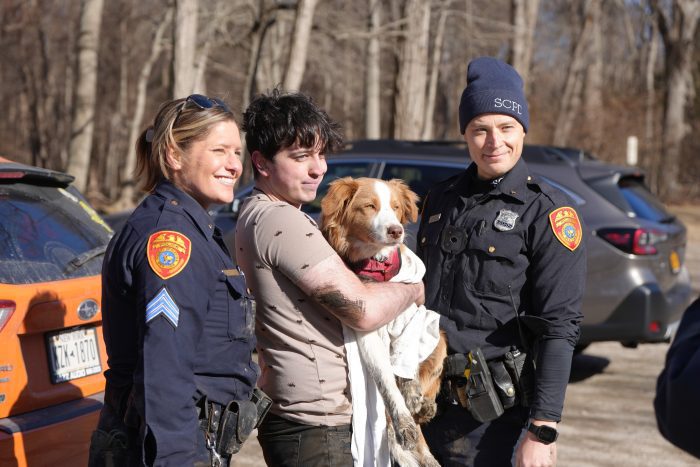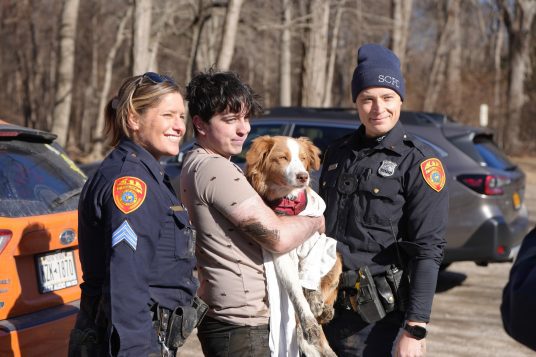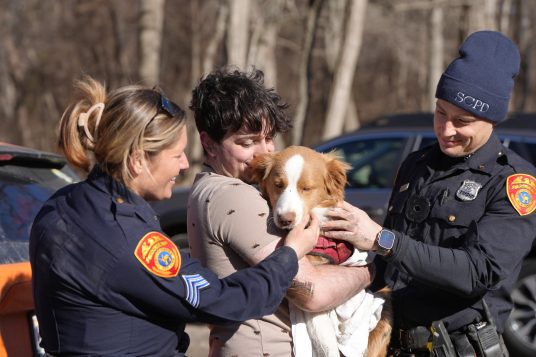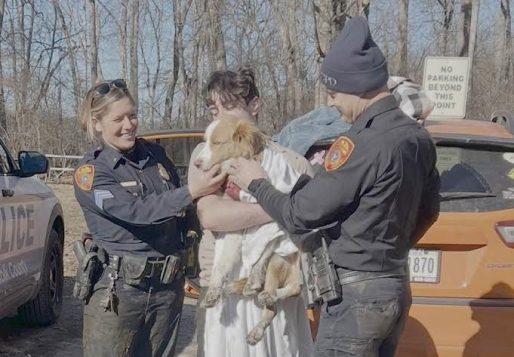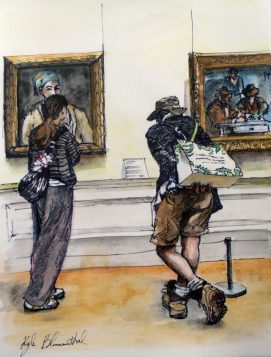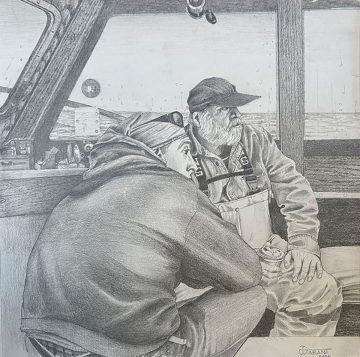Suffolk County Acting Police Commissioner Robert Waring, Commack Fire District Chairman of the Board Pat Fazio joined Susan Ciano, widow of Suffolk County Police Officer Glen Ciano during a press conference at the Commack Fire Department on Jan. 30 to announce the 15th annual blood drive named in memory of Officer Glen Ciano.
The annual event, which will be held on Feb. 1 this year, is held in honor of Officer Ciano, who was responding to a call when he was killed by a drunk driver in Commack on February 22, 2009.
“It’s Glen’s dedication to public service that brings us back to this blood drive each year to save the lives of as many strangers as possible. Most of us assume that if we need blood it will be available, but the reality is that the only way blood will be readily accessible is if people give up just a little bit of their time to donate,” said Commissioner Waring.
“Blood levels are dangerously low and with the cold weather it’s even worse,” added Chairman Fazio.
“This is a celebration for Glen,” said Ciano’s widow. “And that’s why having my fire department family and the police family here, everyone coming in donating blood, this means the world to our family.”
The New York Blood Center has declared a blood emergency due to a significant drop in blood donations following the holiday season. The blood center has seen a 30% drop in donations, which has resulted in 6,500 fewer donations and crippled the region’s blood supply. Donations of all blood types are urgently needed—especially Types O- and B-, which are both down to just a one- to three-day supply.
The blood drive will be held at the Commack Fire Department, located at 6309 Jericho Turnpike in Commack, on February 1 from 8 a.m. to 5 p.m. It is not necessary to make an appointment.
For more information, please call 631-499-6690.

